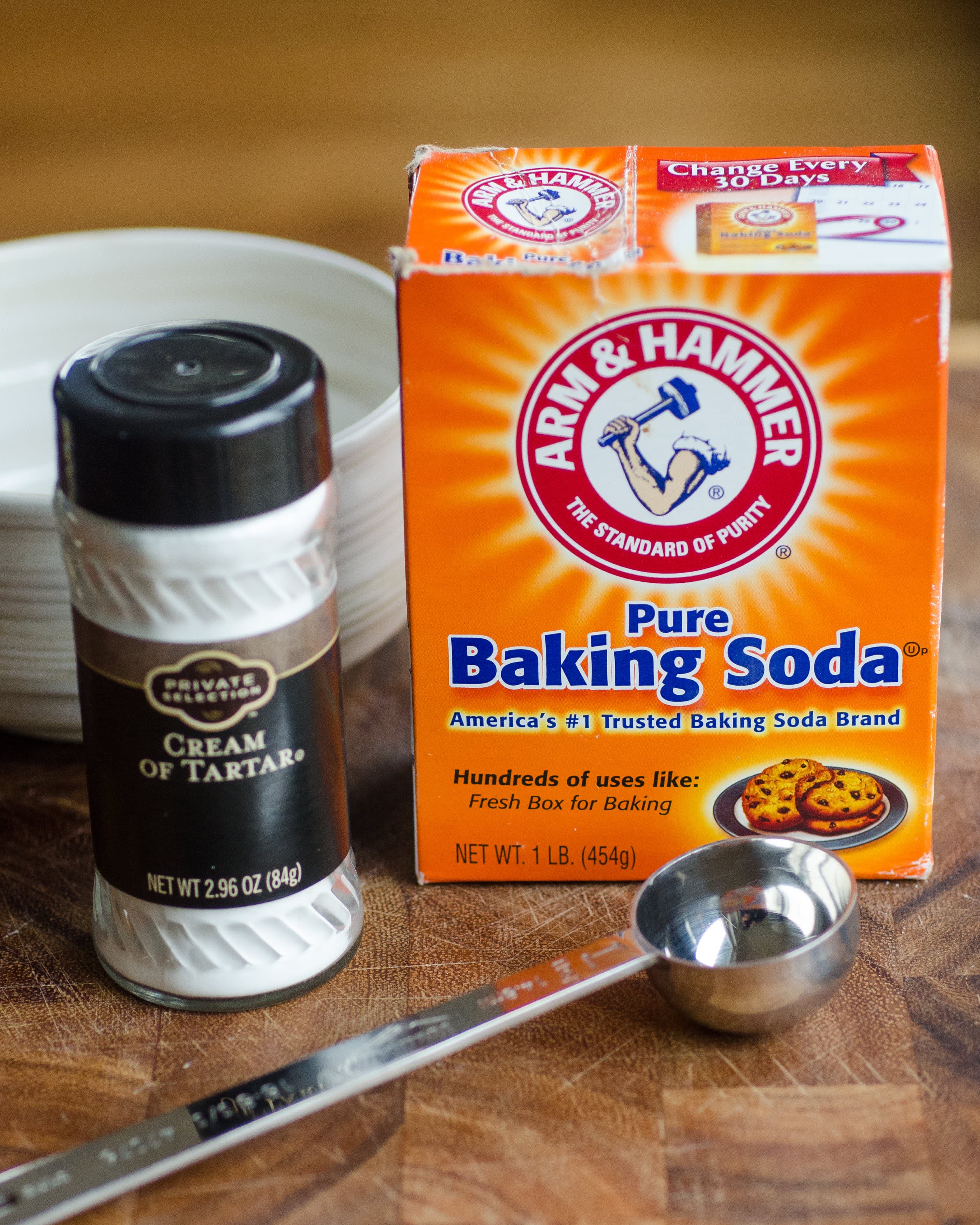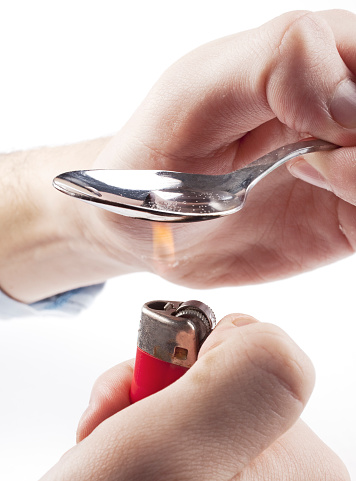There is something wonderful about the absolutely shattering crunch of toffee. The high-volume bite alone is enough to keep you snacking on a bowl of this confection, but when it’s combined with buttery, caramelly flavor with just a tinge of salt and bitterness it becomes positively irresistible.
Candy making is one of the greatest examples of kitchen alchemy that you can do, and that seemingly magical transformation scares many people off. But with modern tools like the Thermapen® Mk4, there’s no reason to fear
For instruction on toffee, we’ve turned to none other than Thomas Keller and his book, Buchon Bakery. His almond toffee is an amazing addition to your winter cookery. Pokemon x emulator online.
Cooking Cocaine With Baking Soda Put coke in spoon w water, add 1/3 baking soda as u have coke, heat over stove or lighter until it bubbles. It will foam and then the foam will turn to oil. Once it oils, take flame off and let it cool until it hardens. Dissolve the cocaine in water first, then add measured amounts of baking soda. Mix gently over a gentle heat, once it begins to fizz and bubble, remove from heat while mixing gently. As it cools the freebase will form either an oil or waxlike chunks (adding some ice cold water or refrigating the whole mix can help). A close up of the 'cooking' process that creates crack. Process is frequently done with baking soda (sodium bicarbonate), water, and a spoon. This is optional but if you truly want to make crack head pan cakes. With a little bit of coke a little bit of baking soda, heat the spoon underneath.
Toffee basics
Toffee is a hard candy made by cooking a sugar syrup with butter to the hard crack stage, 300–310°F (149–154°C), and then pouring it out to cool. It can have inclusions or not, and it can be made either very dense and hard or can be lightened by adding baking soda when the candy is almost done
“English toffee”
In the United States we often refer to “English toffee,” which, of course, they don’t do in England. While the term doesn’t have an exact meaning, it generally refers to toffee that has almonds mixed into it. In that sense, what we’ll be talking about here is English toffee, but you can just as well omit the nuts if you don’t like them or if you are allergic.
Difference between toffee and brittle
Speaking of which, what’s the difference between brittle and toffee? They are very close cousins, especially when you choose to mix nuts into your toffee. Both are heated to the hard-crack stage, and most toffee is lightened by the addition of baking soda, just like brittle is. So what’s the difference? The butter and the order of cooking.
Butter is used heavily in toffee but only sparingly (if at all) brittle, and that accounts for almost all the differences. At the high heat of candy making, the solids in the butter brown and take on a nuttier-toastier flavor and can also contribute to a deeper color. The fat from the butter makes toffee richer.
The order of cooking also makes a difference. In cooking brittle, the baking soda is added right before the candy is poured, while toffee is cooked longer after the soda is added. This lets much of the carbon dioxide escape, leaving the toffee less brittle. In the end, they are cooked in much the same way, but with a few key differences. And, oh! What a difference those changes make!

Toffee temperatures
As with all candy making, temperature control is absolutely essential. The difference between candy stages is narrower than the accuracy of many thermometers, but not the Thermapen Mk4! With an accuracy of ±0.7°F (±0.4°C), the ThermoWorks thermocouple technology can handle the fast-changing temperatures of candy making with precision.
Candy Temperature Chart
This toffee is cooked initially to 310°F (154°C), then the salt and baking soda are added, creating carbon dioxide. The foaming and bubbling aerate the candy somewhat, making the texture lighter and the candy easier to bite into. The syrup is then brought to 320°F (160°C), the nuts and vanilla are added, and the candy is poured out and formed.
Altitude adjustments
Cook Crack No Baking Soda
All candy recipes need to be adjusted for altitude. Because of how water reacts to atmospheric pressure, sugar boiling temperatures need to be reduced by 2°F (1.1°C) for every 1,000 ft above sea level you are cooking. In the images below, you will see that we are using different temperatures on our thermometers than in the instructions. That is because we are cooking well above sea level in the ThermoWorks kitchen.
Chocolate tempering
To cover the toffee with chocolate, you first need to temper the chocolate. We’ve written about chocolate tempering before, and I refer you to that post for deeper instruction. If you don’t temper the chocolate, it will bloom (get white and chalky) and melt too easily, so it’s worth the extra effort to temper the chocolate properly.
In the recipe below, we only put chocolate on one side of the toffee. If you want to coat both sides of the toffee with chocolate, double the amount of chocolate. Once it is properly tempered, spread half of it on a sheet of parchment paper, then apply the sheet, face-down, to the slab of toffee. Press on it to ensure contact with the candy. The whole thing can then be inverted so that it is laying on the chocolatey parchment and the rest of the chocolate can be poured on top of the toffee and spread out.
Note: In Bouchon Bakery, Thomas Keller recommends covering the pool of candy with a silicone baking mat or a piece of parchment and using a rolling pin to flatten it out. This works so much better than trying to smooth the candy out with a spatula!
English Toffee Recipe
Adapted from Buchon Bakery, by Thomas Keller
Ingredients
- 2 ½ C skin-on whole almonds (you can substituteother nuts, if you like)
- 10 ½ Tbsp unsalted butter
- 1 ¾ C + 2 Tbsp granulated sugar
- 3 ½ oz water
- 3 Tbsp +2 tsp light corn syrup
- 1 tsp baking soda
- 1 ½ tsp kosher salt
- 1 tsp vanilla paste (or vanilla extract)
- 4 oz good-quality dark chocolate, chopped(optional)
Instructions

Toast the nuts
- Preheat your oven to 350°F (177°C)
- Toast the nuts by spreading them all on a baking sheet and baking them for about 10 minutes (use a TimeStick® to track the time), until fragrant and slightly browned.
- Coarsely chop 2 ¼ cups of the nuts and set aside. Finely chop the rest of the nuts.
Make the candy
- Melt the butter in a large, heavy-bottomed saucepan over medium heat. Stir in the sugar, water, and corn syrup. Stir just to combine, then brush down the sides of the pot with a wet pastry brush.
- Cook until a Thermapen Mk4 held in the boiling sugar reads 310°F (154°C)—adjusted for elevation by subtracting 2°F (1.2°C) for every 1,000ft above sea level you are cooking.
- Stir in the baking soda and salt. Be careful! The sugar will foam up when you do this.
- Continue to cook the syrup to 320°F (160°C), also adjusted for elevation.
- Take the pan off of the heat and stir in the coarsely chopped nuts and the vanilla.
- Pour the mixture out onto a silicone baking mat or a greased marble slab
. Cover the candy with another silicone mat or a piece of parchment paper.- Use a rolling pin to roll the candy out flat. Let cool completely.
Temper the chocolate
- If you are coating the toffee with chocolate, melt 2/3 of the chocolate in a double boiler until it reaches 131–136°F (55-58°C).
- Remove the pot from heat and add the last third of the chocolate. Let it sit in the melted chocolate for a few minutes to slowly melt on its own.
- Stir the chocolate and let cool to 82–84°F (28–29°C), stirring occasionally.
- Reheat the chocolate in a double boiler until it reaches 88–90°F (31–32°C).
- Remove the chocolate from heat and pour it onto the cooled toffee. Sprinkle on the finely chopped nuts.
- Let the chocolate harden completely, preferably in a cool room. (This may take a long time)
- Once the chocolate has set, break it up with a rolling pin.
- Serve or save in an airtight tin or container at room temperature for up to a month.
Cooking Crack With No Baking Soda
With the help of the Thermapen Mk4, making delicious toffee for the holidays—or anytime!—is a cinch. Follow the temperatures and the candy comes together easily. So make up a batch for last-minute parties or distribute it to friends. If you’ve always been scared off by candy making, let this be the gateway recipe to years of sugary success!
Using Baking Soda In Cooking
Shop now for items used in this post: